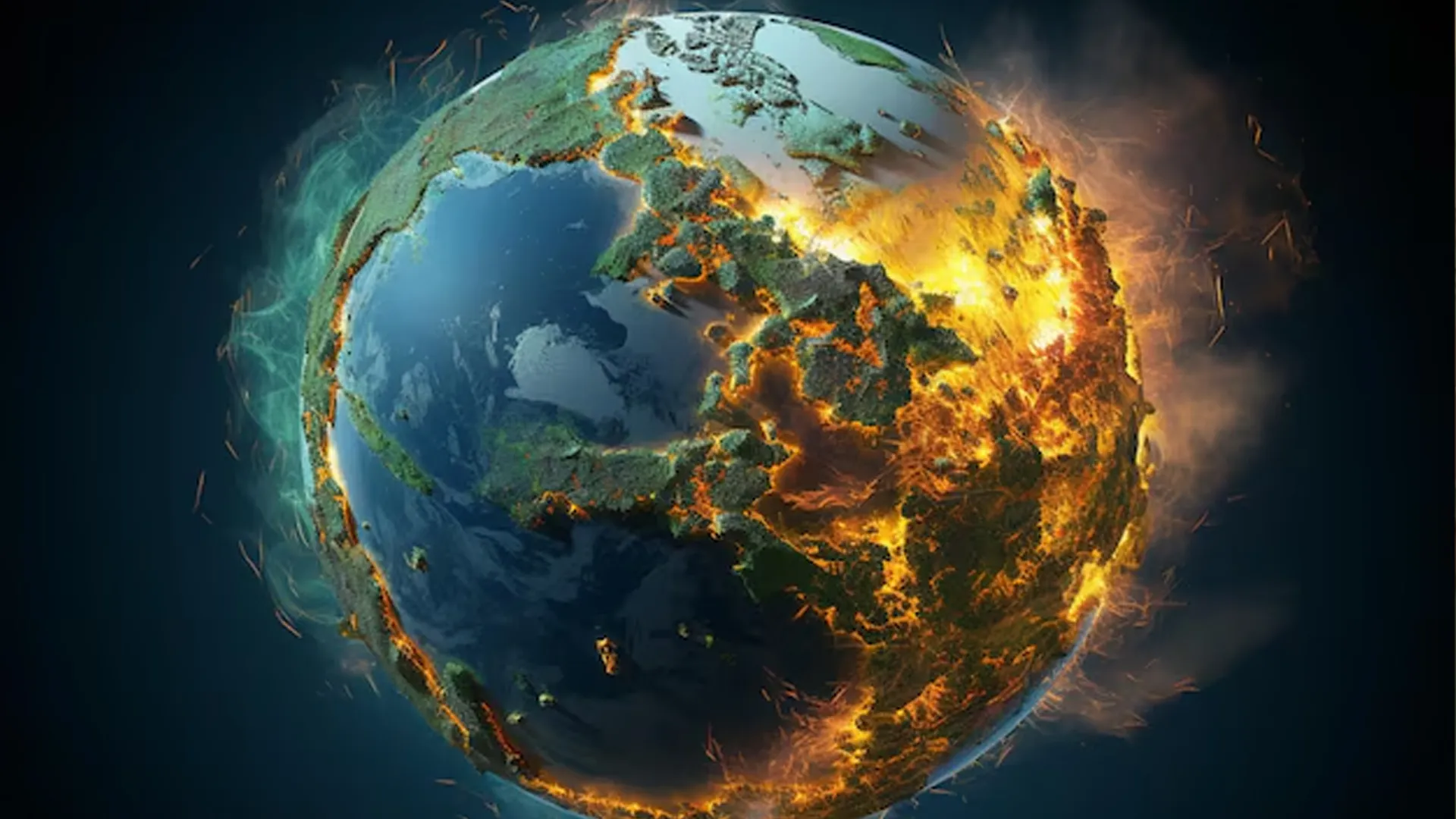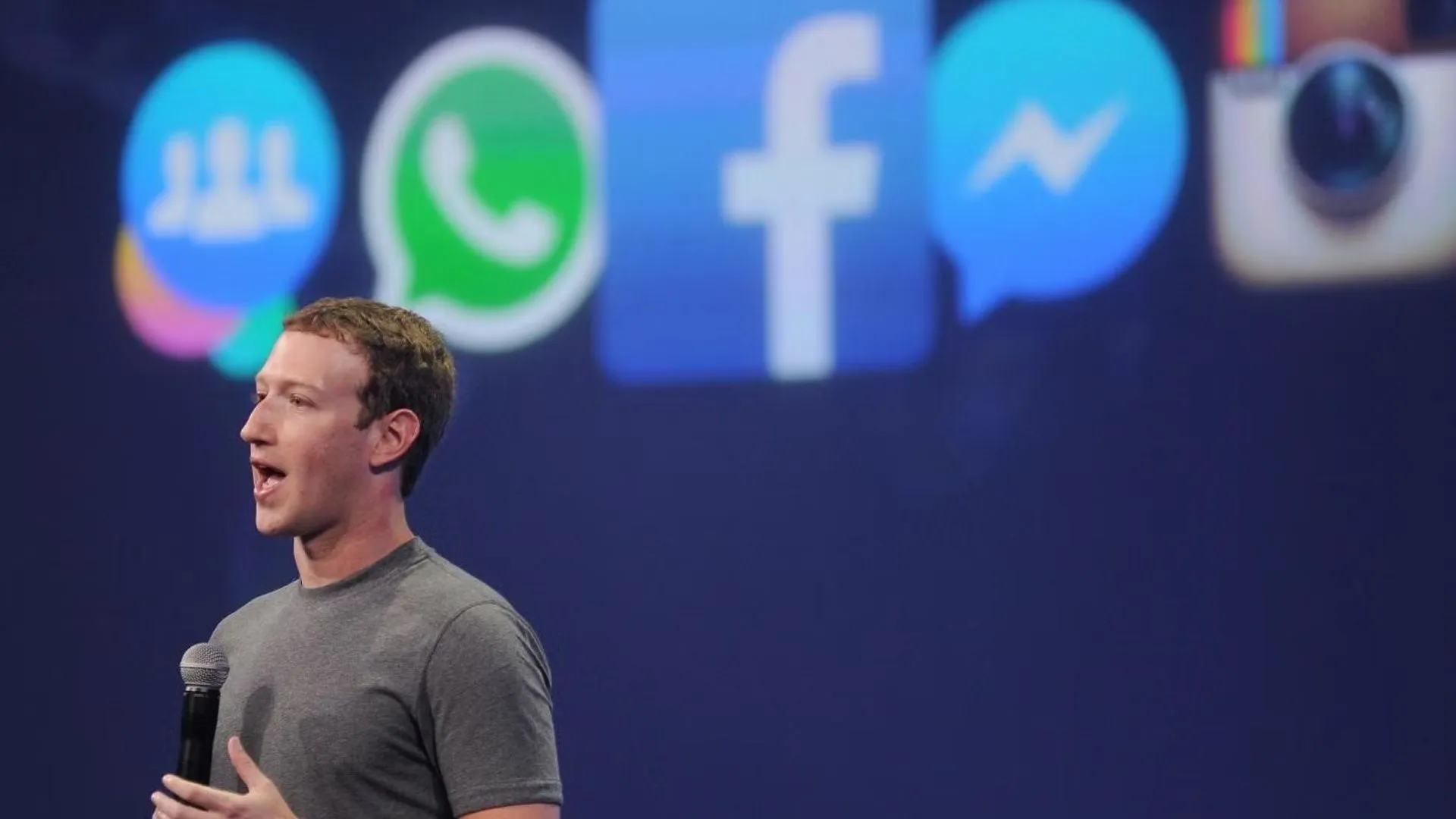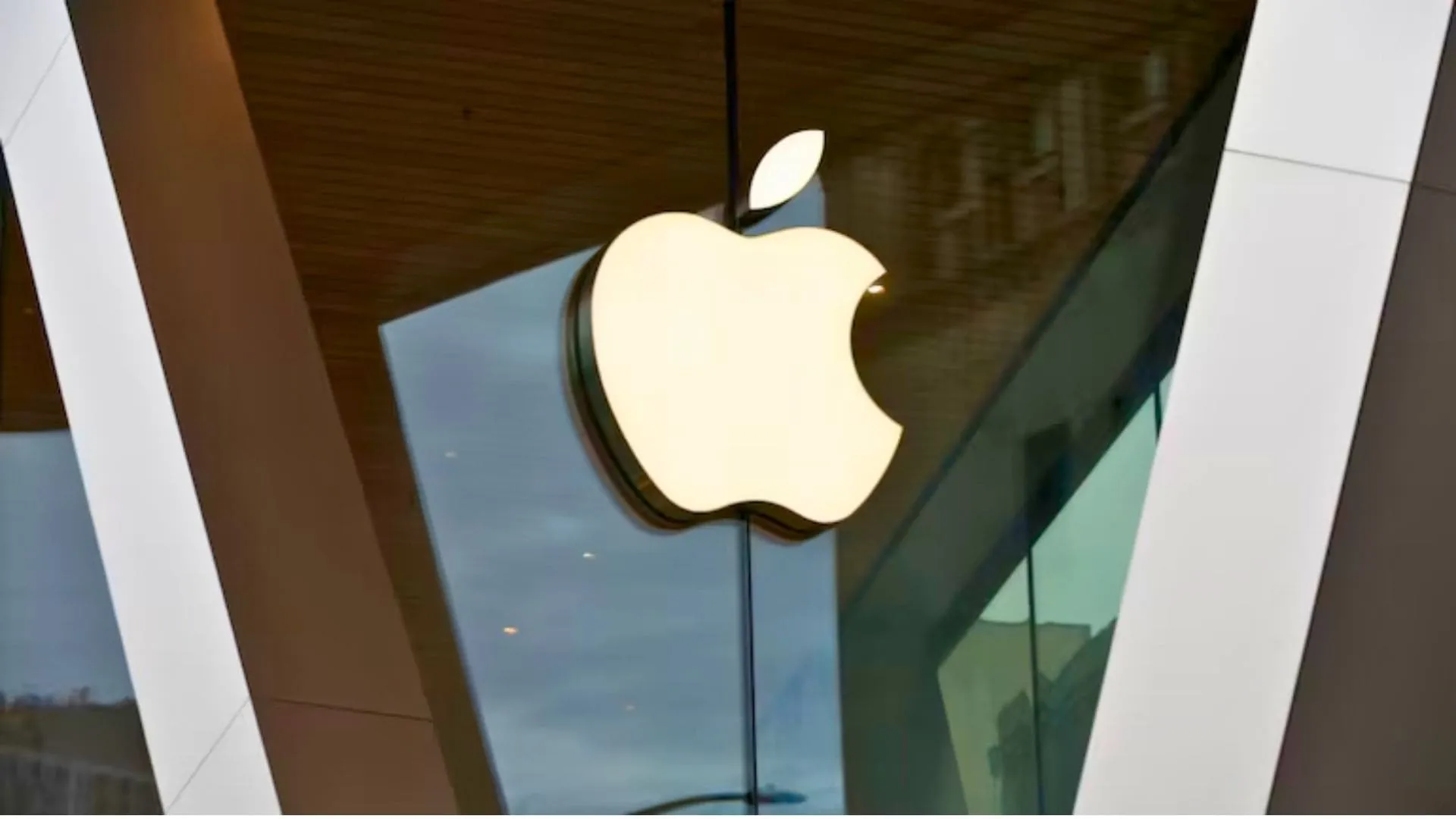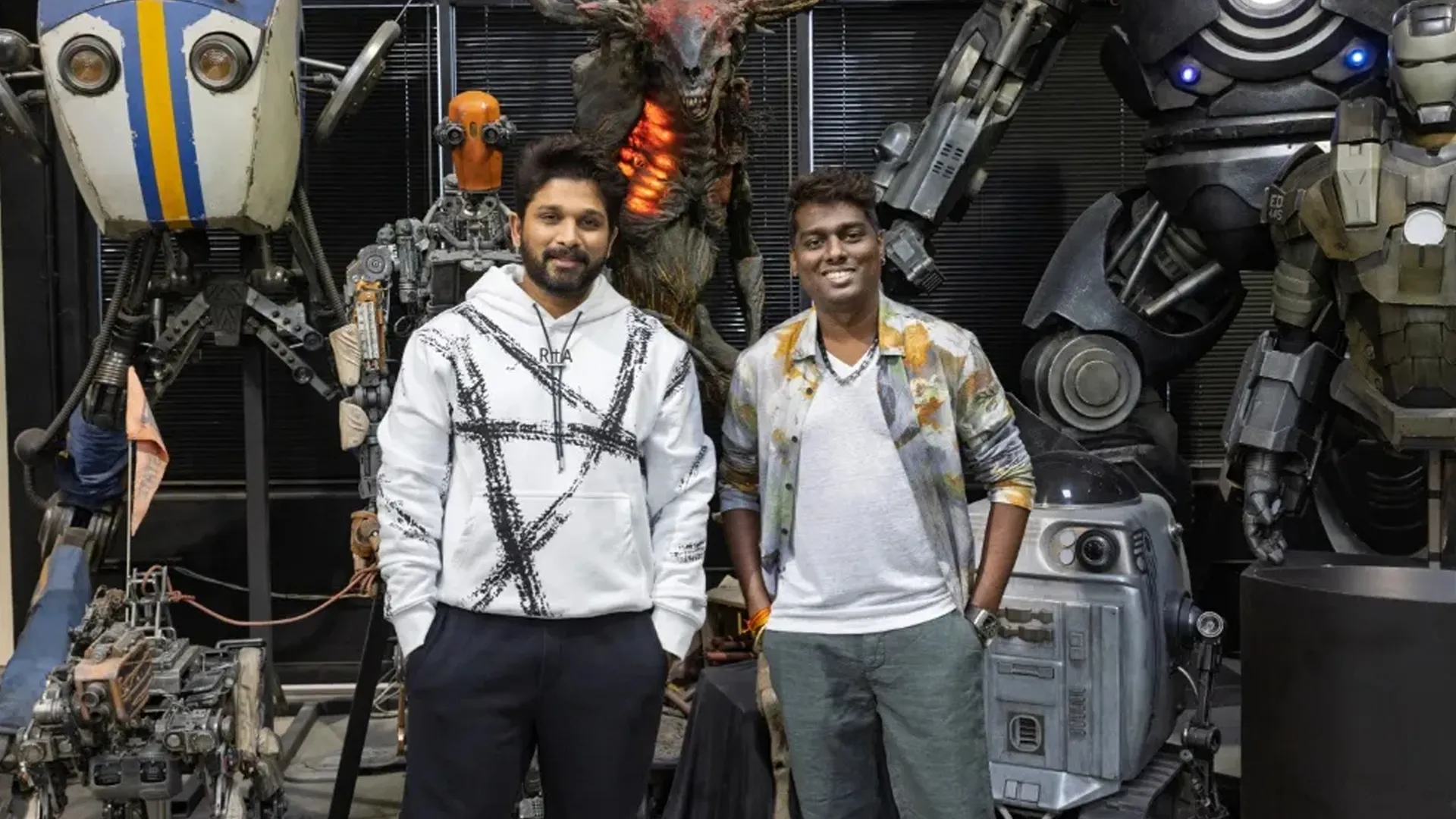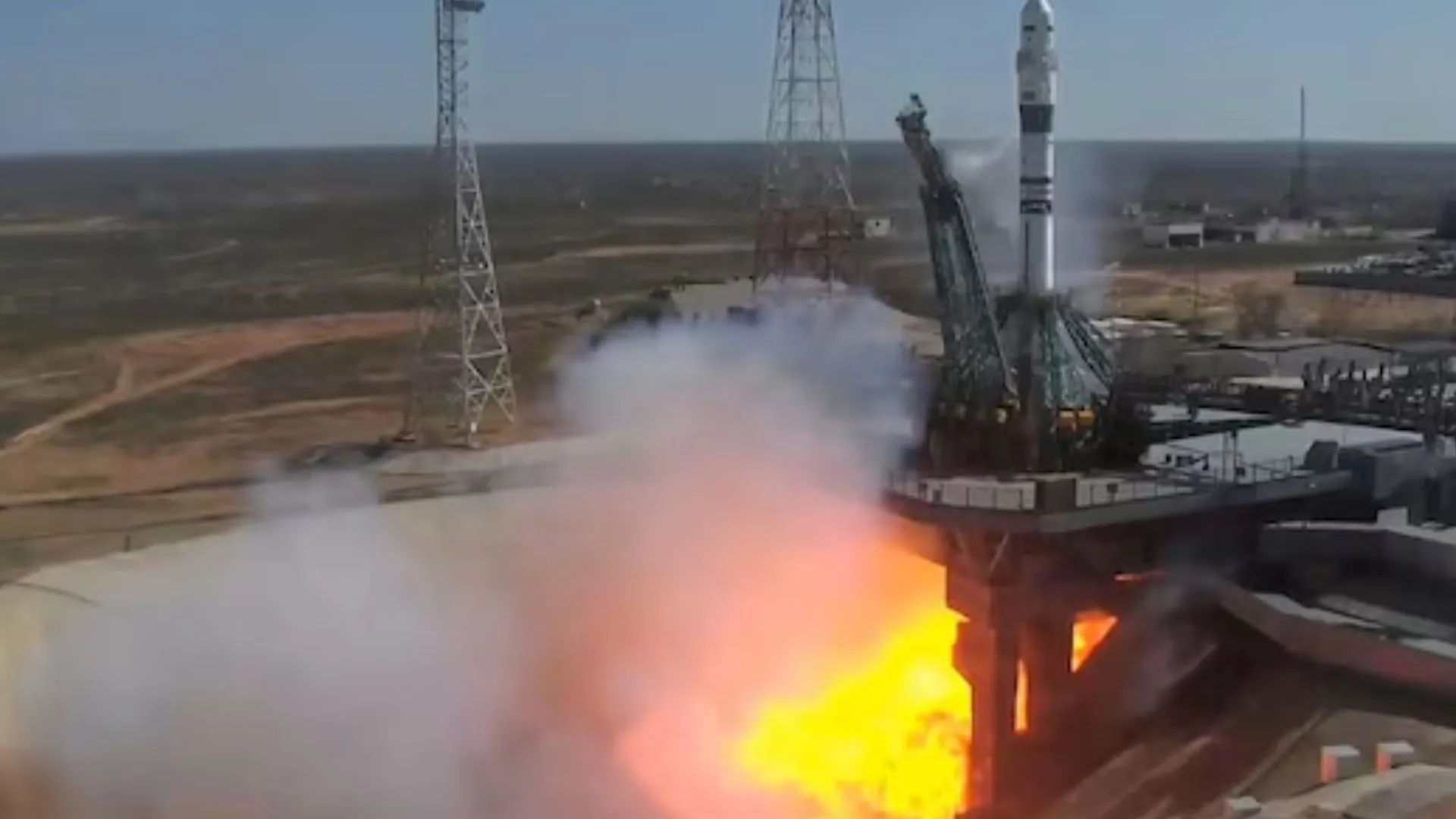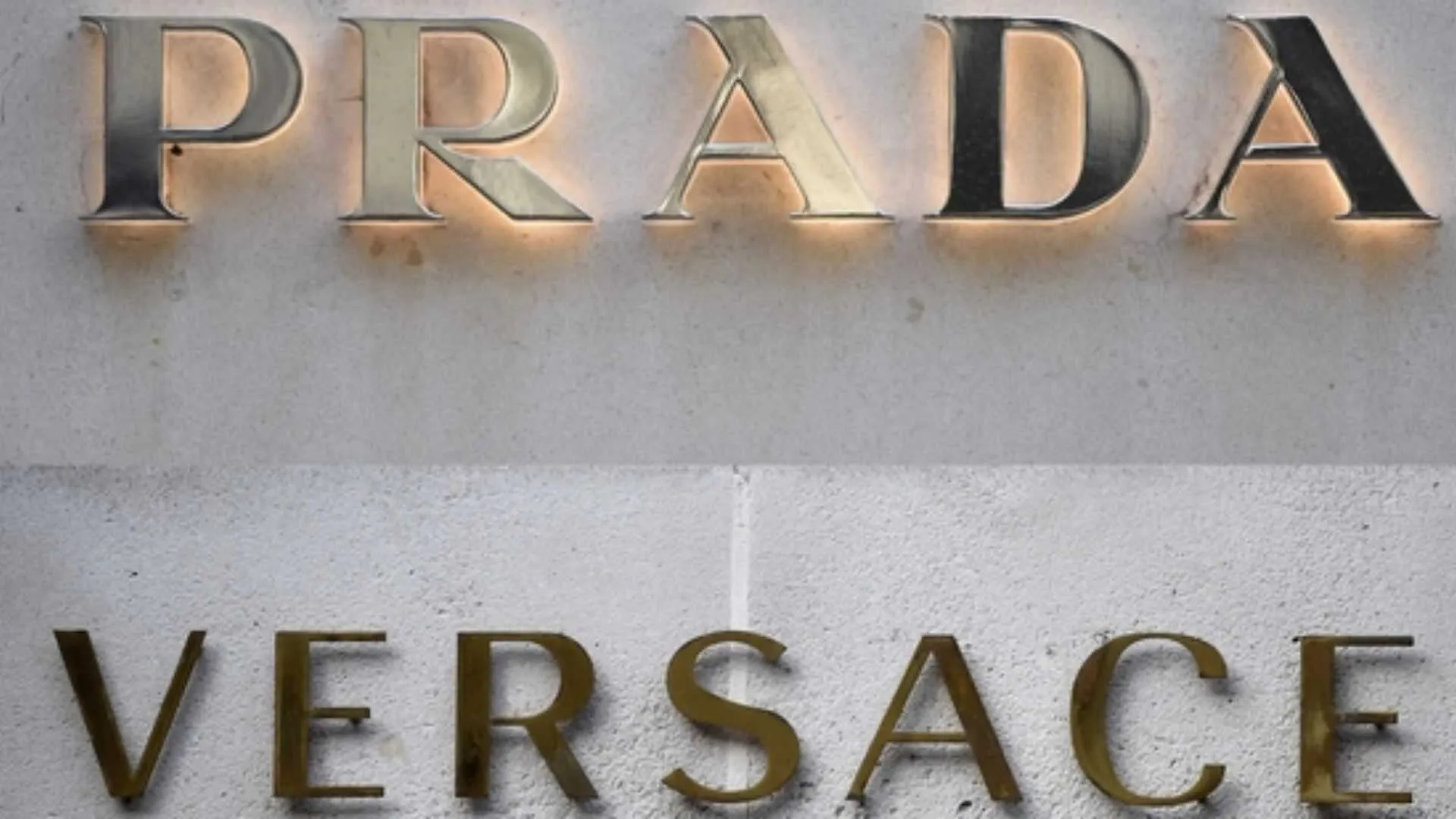It begins with a humble selfie. You post your picture, apply a playful Studio Ghibli filter, and post the dreamy, retro outcome on the web. The web adores it. Your notifications are filled with likes and shares. But beneath the beauty of these AI-created images is a developing issue—one that has the potential to flood AI infrastructure and energy resources globally.
In March 2025, OpenAI CEO Sam Altman took to X (formerly Twitter) with a candid admission: “It’s super fun seeing people love images in chatgpt. but our GPUs are melting.”
it’s super fun seeing people love images in chatgpt.
but our GPUs are melting.
we are going to temporarily introduce some rate limits while we work on making it more efficient. hopefully won’t be long!
chatgpt free tier will get 3 generations per day soon.
— Sam Altman (@sama) March 27, 2025
OpenAI had just released its image-generation feature to free-tier users, and demand skyrocketed, driven by the irresistible appeal of Ghibli-style portraits. The trend exploded, forcing OpenAI to limit image generations to three per day per user. Days afterward, Altman responded with a plea: “can yall please chill on generating images this is insane our team needs sleep.”
can yall please chill on generating images This is insane our team needs sleep
— Sam Altman (@sama) March 30, 2025
But why did a seemingly innocuous selfie filter reduce one of the world’s most sophisticated AI systems to its knees?
The Heavy Computational Load of AI Image Generation
The reason is the tremendous computational and energy requirements of image generative AI. It takes about 1 trillion floating point operations (FLOPs) to generate one AI-created image. For context, a response in text by an AI model would take only about 100 billion FLOPs—i.e., roughly ten times as compute-intensive as text.
AI-generated images depend on high-performance Graphics Processing Units (GPUs), which perform parallel processing tasks such as rendering images. However, GPUs are notoriously power-intensive. A top-of-the-line AI accelerator draws as much as 700 watts when fully loaded. Multiply that by thousands of GPUs in a data center running at the same time, and the power consumption is mind-boggling.
Diffusion models—the workhorse of high-quality AI image generation work by iteratively refining noise into high-resolution visuals through multiple steps. Each of these steps requires significant GPU resources. Based on estimates by Stanford and Hugging Face, it takes about 2.5 watt-hours of energy to compute a single AI image using diffusion models. Adding in cooling and infrastructure overhead (generally computed at a Power Usage Effectiveness, or PUE, of 1.3), the energy per image is a whopping 3.25 watt-hours—roughly equivalent to the energy consumed by running a 60-watt lightbulb for 3.25 minutes or charging a smartphone to 50%.
By itself, this usage would be imperceptible. But when millions of users create multiple images each, the strain on AI infrastructure is untenable.
The Environmental Cost of Data Centers
AI image generation does not occur in a vacuum. Behind every request lies a giant network of data centers containing racks of GPUs running in air-conditioned rooms. Worldwide, data centers already use 1–1.5% of total electricity—a number increasing as generative AI grows.
One of the most significant challenges? Cooling systems. GPUs operating at full capacity produce a lot of heat, so they need large cooling systems. Most AI and cloud providers have facilities in places like Arizona and Utah, where water-hungry cooling systems—like evaporative cooling—use hundreds of thousands of gallons of water each day. Some AI data centers are expected to consume tens of millions of gallons of freshwater every year, causing concern in arid areas.
The Ghibli-Style Boom: A Case Study in AI Overload
The viral proliferation of Ghibli-style AI portraits illustrates a larger phenomenon: how global online trends convert into world infrastructure loads. These AI-produced images resonated so strongly because they triggered emotional nostalgia, were highly visually authentic, and could be shared. Compared to previous AI artwork fads, these portraits resembled actual frames from Studio Ghibli movies, rendering them irresistible to social media consumers.
People didn’t just generate one image—they experimented, re-ran their photos, tried different styles, and shared results across platforms. The engagement levels were exponential, driving OpenAI’s infrastructure to its limits. This incident underscores a critical reality, seemingly minor digital trends can quickly escalate into significant resource drains.
The Bigger Picture: Digital Consumption and Sustainability
Though AI-generated art is a tiny corner of the digital realm, it illustrates a larger problem: the invisible environmental toll of internet usage. Most people perceive “the cloud” as a vague, boundless place. It is a huge, energy-using apparatus driven mostly by nonrenewable fuels.
From online video streaming to blockchain mining, our digital behaviors are fueling a boom in electricity usage. While technology firms are improving with the adoption of renewable energy sources, demand for AI computing horsepower is running ahead of efforts toward sustainability. Even when companies buy carbon offsets or invest in efficiency hardware, sheer numbers of AI tasks still advance faster than increases in efficiency.
User Awareness and Responsible AI Use
The largest hurdle is keeping user expectations in check. AI image creation is no longer a specialty feature—it’s a mass-market utility. And as with any mass-market technology, it must be deployed responsibly.
One solution? Transparency. If AI services were to show an energy-consumption label for each image the way food packaging shows nutritional information, users may be more conscious of their online actions.
Public awareness campaigns may also promote a “slow content” movement, similar to slow fashion or reduced-waste living. Consumers have learned to appreciate sustainable shopping; similarly, they can come to see AI-generated content as a digital luxury and not an endless resource.
Finding the Balance Between Creativity and Mindful AI use
Computer-generated imagery provides a thrilling, artistic outlet. The Ghibli trend, especially, was a delight for millions. But these images—albeit virtual—have very tangible environmental and infrastructure price tags.
Being aware of this doesn’t require us to give up AI creativity. What it rather necessitates is being thoughtful about how we utilize these technologies. Minor changes in consciousness and practice can facilitate making AI a sustainable innovation instead of an open-ended resource sink.
Because although these photographs might be within a world of fantasy, their effect on our actual-world resources is anything but fictional.

